Blog
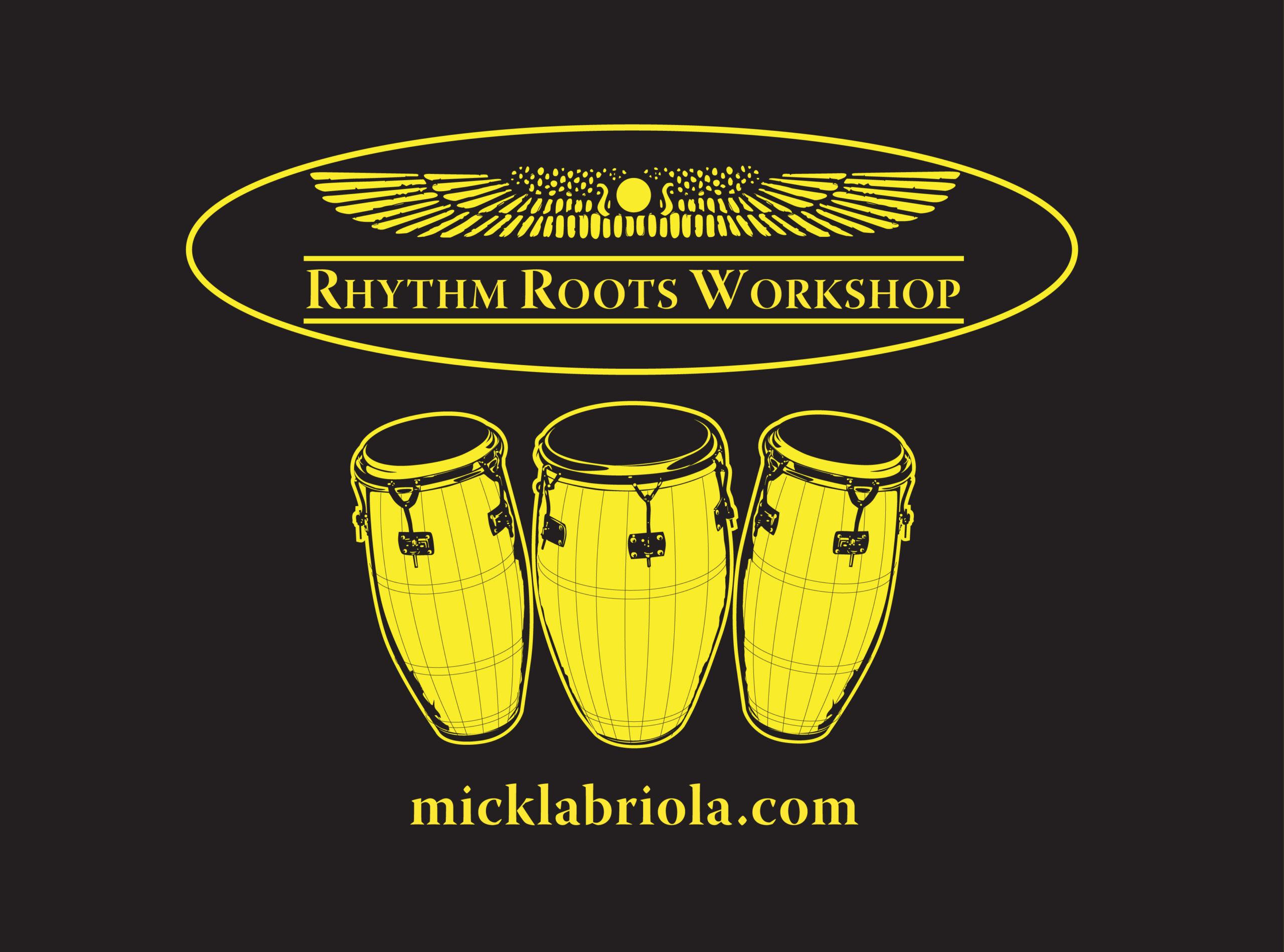
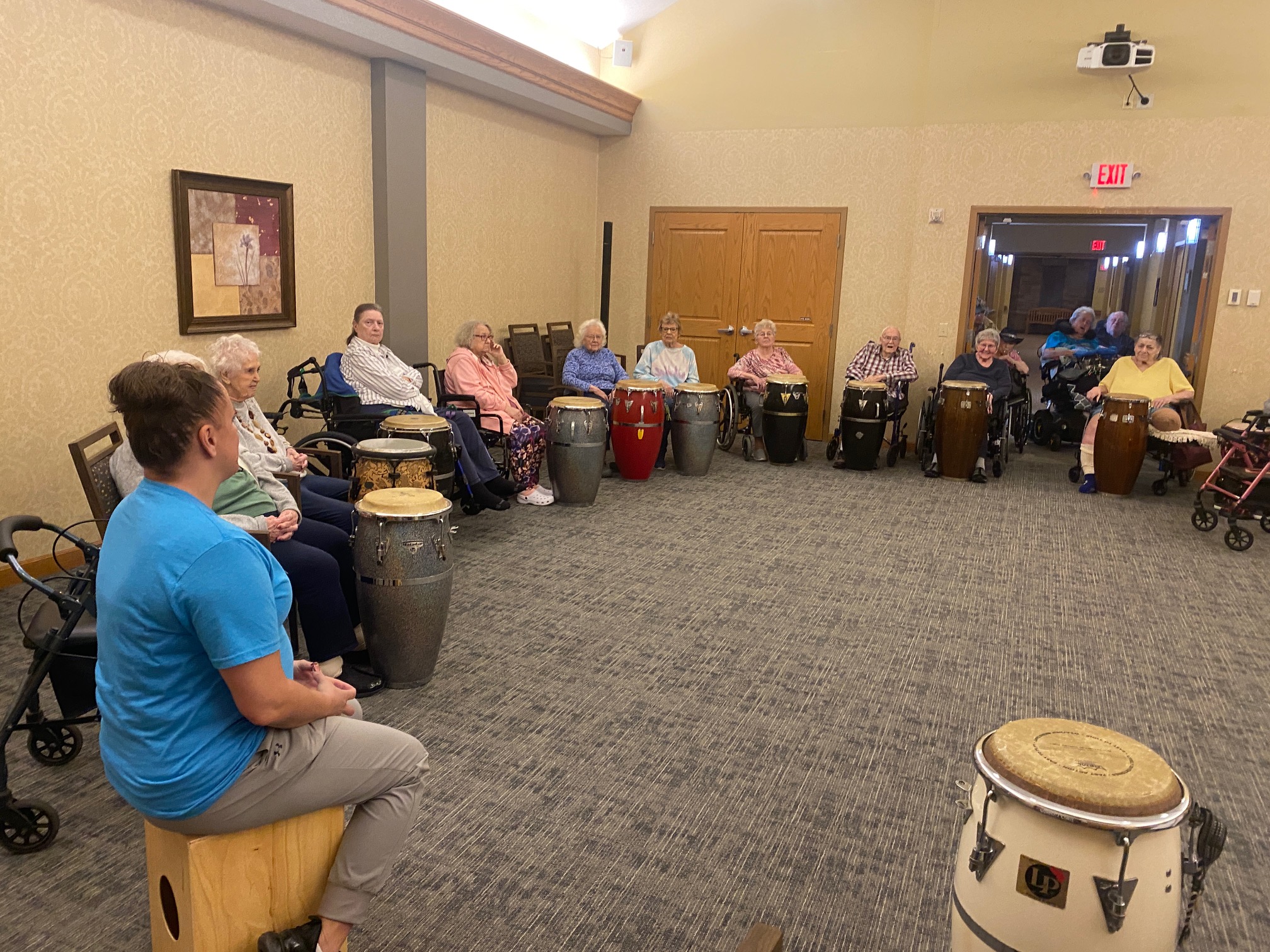
From our vantage point in the Milky Way Galaxy, we see NGC 1232 face-on. Nearly 200,000 light-years across, the big, beautiful spiral galaxy is located some 47 million light-years away in the flowing southern constellation of Eridanus. This sharp, multi-color, telescopic image of NGC 1232 includes remarkable details of the distant island universe. From the core outward, the galaxy’s colors change from the yellowish light of old stars in the center to young blue star clusters and reddish star forming regions along the grand, sweeping spiral arms. NGC 1232’s apparent, small, barred-spiral companion galaxy is cataloged as NGC 1232A. Distance estimates place it much farther though, around 300 million light-years away, and unlikely to be interacting with NGC 1232. Of course, the prominent bright star with the spiky appearance is much closer than NGC 1232 and lies well within our own Milky Way.

Daniel Richard Gottlieb (born April 18, 1953) is an American drummer. He was a founding member of the Pat Metheny Group and was co-founder of Elements with Mark Egan.
Gottlieb was born in New York City on April 18, 1953. He took lessons from Mel Lewis and Joe Morello and graduated from the University of Miami in 1975. Morello was his lifelong teacher, beginning in 1968 and through the late 1990s. He became a member of the Gary BurtonQuartet in 1976 with Pat Metheny. He was one of the original members of The Pat Metheny Group from 1977 to 1983. Bassist Mark Egan was also in Metheny’s first group. Egan and Gottlieb formed the band Elements.
In 1982, Gottlieb toured with Flora Purim and Airto Moreira. Gottlieb played with singer Michael Franks in 1983, and the following year toured with trumpeter Randy Brecker and saxophonist Stan Getz. From 1984-1986, he was a member of the Mahavishnu Orchestra led by guitarist John McLaughlin and is featured in the video live at Montreux. He is also featured on the recording Adventures in Radioland. He was also part of the band Second Story Television in 1985 and was a regular member of Gil Evans‘ orchestra from 1986 until Evans died two years later. Gottlieb is featured on a variety of recordings with the band, including Bud and Bird and the 75th Birthday Concert.
more...Eurreal Wilford “Little Brother” Montgomery (April 18, 1906 – September 6, 1985) was an American jazz, boogie-woogie and blues pianist and singer.
Largely self-taught, Montgomery was an important blues pianist with an original style. He was also versatile, working in jazz bands, including larger ensembles that used written arrangements. He did not read music but learned band routines by ear.
Montgomery was born in Kentwood, Louisiana, United States, a sawmill town near the Mississippi border, across Lake Pontchartrain from New Orleans, where he spent much of his childhood. Both his parents were of African-American and Creek Indian ancestry. As a child he looked like his father, Harper Montgomery, and was called Little Brother Harper. The name evolved into Little Brother Montgomery, and the nickname stuck. He started playing piano at the age of four, and by age 11 he left home for four years and played at barrelhouses in Louisiana. His main musical influence was Jelly Roll Morton, who used to visit the Montgomery household.
more...Leo Parker (April 18, 1925 – February 11, 1962) was an American jazz musician, who primarily played baritone saxophone. Parker was the earliest baritone saxophonist to play bebop. Born in Washington, D.C., Parker studied alto saxophone in high school and played this instrument on a recording with Coleman Hawkins in 1944.
Parker switched to baritone saxophone in 1944 when he joined Billy Eckstine‘s bebop band, playing there until 1946. In 1945, he was a member of the “Unholy Four” of saxophonists, with Dexter Gordon, Sonny Stitt and Gene Ammons. He played on 52nd Street in New York with Dizzy Gillespie in 1946 and Illinois Jacquet in 1947-48, and later recorded with Fats Navarro, J.J. Johnson, Teddy Edwards, Wardell Gray and Charles Thompson. He and Thompson had a hit with their Apollo Records release, “Mad Lad”. In the 1950s, Parker had problems with drug abuse, which interfered with his recording career. He made two comeback records for Blue Note in 1961, but the following year he died of a heart attack in New York City. He was 36.
more...Clarence “Gatemouth” Brown (April 18, 1924 – September 10, 2005) was an American singer and multi-instrumentalist from Louisiana. He won a Grammy Award for Best Traditional Blues Album in 1983 for his album, Alright Again!.
Brown was born in Vinton, Louisiana, and raised near Orange, Texas. His father was a railroad worker and local musician who taught him several musical instruments, including fiddle by age 5; as well as piano and guitar. He had at least one brother.
Brown was performing guitar by age ten. He also played drums in swing bands as a teenager.
more...Teaching nine sessions of Rhythm Roots Workshop Residency at Ecumen Lakeview Commons Assisted Living and Memory Care in Maplewood on Wednesdays April 17th thru June 12th 2024 1-230pm. Celebrating world cultures through drumming and chanting. https://www.ecumenlakeviewcommons.org/

Located about 155 million light-years away towards the southern constellation Centaurus (the Centaur), ESO 269-G57 is a spectacular spiral galaxy of symmetrical shape that belongs to a well-known cluster of galaxies seen in this direction. An inner ‘ring’, of several tightly wound spiral arms, surrounded by two outer ones that appear to split into several branches, are clearly visible. Many blue and diffuse objects are seen — most are star-forming regions. ESO 269-G57 extends over about 4 arc minutes in the sky, corresponding to nearly 200,000 light-years across. Resembling a large fleet of spaceships, many other faint, distant galaxies are visible in the background.Obtained with VLT ANTU and FORS1 in the morning of March 27, 1999. The full field measures 6.8 x 6.8 arcmin2. North is up and East is to the left. The image is based on data collected in the B, V, R and H-alpha filters, for a total exposure time of a little over one hour (64 min). The data were extracted from the ESO Science Archive and further processed by Henri Boffin (ESO).
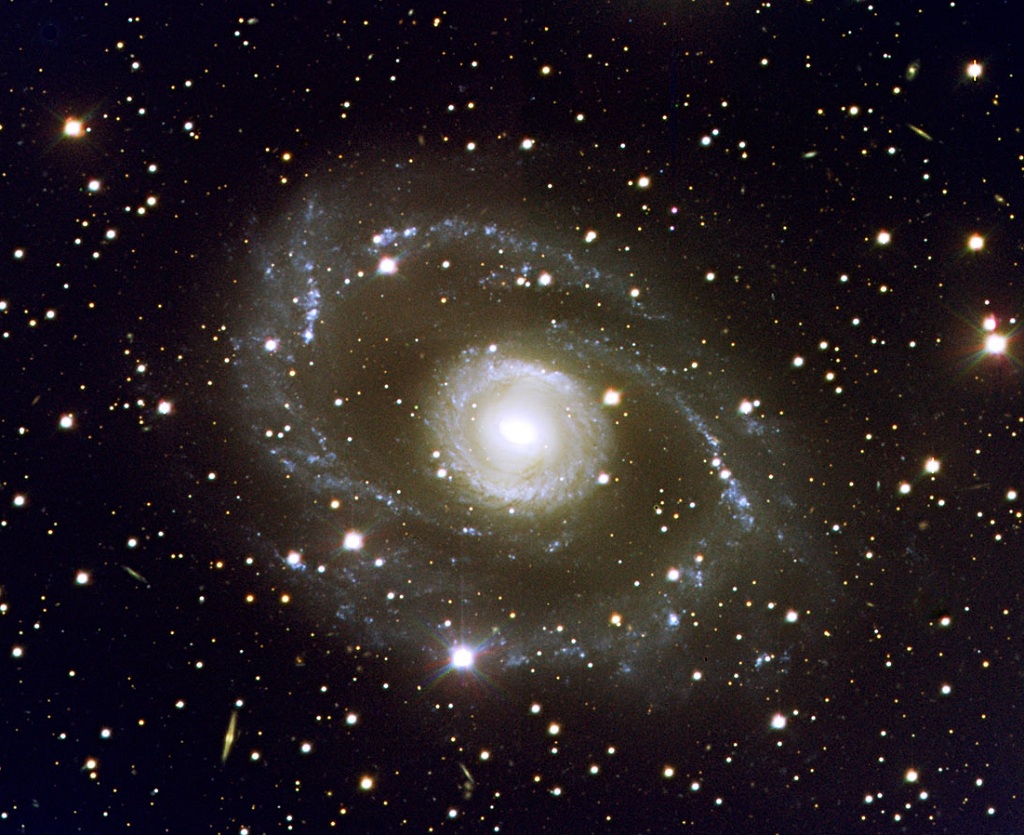
Jan Hammer (born 17 April 1948) is a Czech-American musician, composer, and record producer.[1] He rose to prominence while playing keyboards with the Mahavishnu Orchestra during the early 1970s, as well as with his film scores for television and film including “Miami Vice Theme” and “Crockett’s Theme“, from the 1980s television program Miami Vice. He has continued to work as both a musical performer and producer.
Hammer has collaborated with some of the era’s most influential jazz and rock musicians such as John McLaughlin, Jeff Beck, Billy Cobham, Al Di Meola, Mick Jagger, Carlos Santana, Stanley Clarke, Tommy Bolin, Neal Schon, Steve Lukather, John Abercrombie and Elvin Jones. He has composed and produced at least 14 original motion picture soundtracks, the music for 90 episodes of Miami Vice and 20 episodes of the television series Chancer.
His compositions have won him several Grammy Awards.
more...Charles Anthony “Buster” Williams (born April 17, 1942) is an American jazz bassist. Williams is known for his membership in pianist Herbie Hancock‘s early 1970s group, as well as working with guitarist Larry Coryell, the Thelonious Monk repertory band Sphere and as the accompanist of choice for many singers, including Nancy Wilson.
Williams’ father, Charles Anthony Williams Sr., was a musician who played bass, drums, and piano, and had band rehearsals in the family home in Camden, New Jersey, exposing Williams to jazz at an early age. Williams was particularly inspired to focus on bass after hearing his father’s record of Star Dust, performed by Oscar Pettiford, and started playing in his early teens.
He had his first professional gig while he was still a junior high school student, filling in for Charles Sr., who had double booked himself one evening. Williams later spent his days practicing with Sam Dockery, who was playing in Jimmy Heath‘s band in Philadelphia on a regular double bill with Sam Reed. Charles Sr. hosted a jam session at a club called Rip’s and gave Williams the opportunity to put his own group together for a Monday night show in 1959, and in an effort to work his way into Heath’s band, Williams hired Sam Reed. The plan worked, as two days later Reed contacted Williams about playing in his band that coming Saturday, which demonstrated Williams’ talent to Heath, who in turn hired Williams the following week.
more...Donald Christopher Barber OBE (17 April 1930 – 2 March 2021) was an English jazz musician, best known as a bandleader and trombonist. He helped many musicians with their careers and had a UK top twenty trad jazz hit with “Petite Fleur” in 1959. These musicians included the bluessinger Ottilie Patterson, who was at one time his wife, and Lonnie Donegan, whose appearances with Barber triggered the skiffle craze of the mid-1950s and who had his first transatlantic hit, “Rock Island Line“, while with Barber’s band. He provided an audience for Donegan and, later, Alexis Korner, and sponsored African-American blues musicians to visit Britain, making Barber a significant figure in launching the British rhythm and blues and “beat boom” of the 1960s.
more...Johnny St. Cyr (April 17, 1890 – June 17, 1966) was an American jazz banjoist and guitarist. For banjo his by far most used type in records at least was the six string one. On a famous “action photo” with Jelly Roll Morton’s Red Hot Peppers he is holding a four string banjo, a Paramount Style A. There is, however, no verified information if he ever used such an instrument on records.
St. Cyr was born in New Orleans, Louisiana and raised Catholic. He played for several leading New Orleans bands before moving to Chicago in 1923. He is best remembered as a member of Louis Armstrong’s Hot Five and Hot Seven bands. He also played with Jelly Roll Morton‘s Red Hot Peppers. He composed the standard “Oriental Strut”, known for its adventurous chord sequence.
During the 1950s, he performed and led a group named Johnny St. Cyr and His Hot Five and recorded with Paul Barbarin and George Lewis. From 1961 until his death in 1966, at the age of 76, St. Cyr was the bandleader of the Young Men from New Orleans, who performed at Disneyland. He died in Los Angeles, California, and is buried in Evergreen Cemetery, in Los Angeles.
more...Laurence Paul “Larry” Kegan
BIRTHSaint Paul, Ramsey County, Minnesota, USA
DEATH11 Sep 2001 (aged 59) Ham Lake, Anoka County, Minnesota, USA
At the age of sixteen Larry was in a diving accident in Florida. He was confined to a wheel chair as a result of that accident. Larry Kegan was Bob Dylan’s boyhood friend and it was a friendship that lasted until Larry’s Death. Larry performed on stage with Bob on several occasions. Larry also performed with Neil Young, and many, I mean many top head liners. Larry performed at the Bridge School Benefit in California for many years. He was a testament that a person was “beyond the chair” Larry was leader of the group Mer Mortals. His voice was unique and right before his death he was working on tunes in Nashville with Dennis Morgan. Larry wrote fabulous music that is waiting for release. Bob dedicated his album “Street legal” to Larry. Larry was featured on a Guggenheim, award winning film “When Billy Broke his head.” Larry Kegan had written a book called “Some get the chair” before his death and it’s release date is in the near future. Larry ran a resort in Mexico, that the movie “Born on the forth of July” was based on. He served as a consultant on the film.
In the final days of Larry’s life he was forced to move very far away from the city. He was unable to get quality help. This contributed to his death.
Larry had many fan’s across the country. He traveled the world and nothing held him back he was above the chair. He was an example to all on how to live how to love and how to be cool.
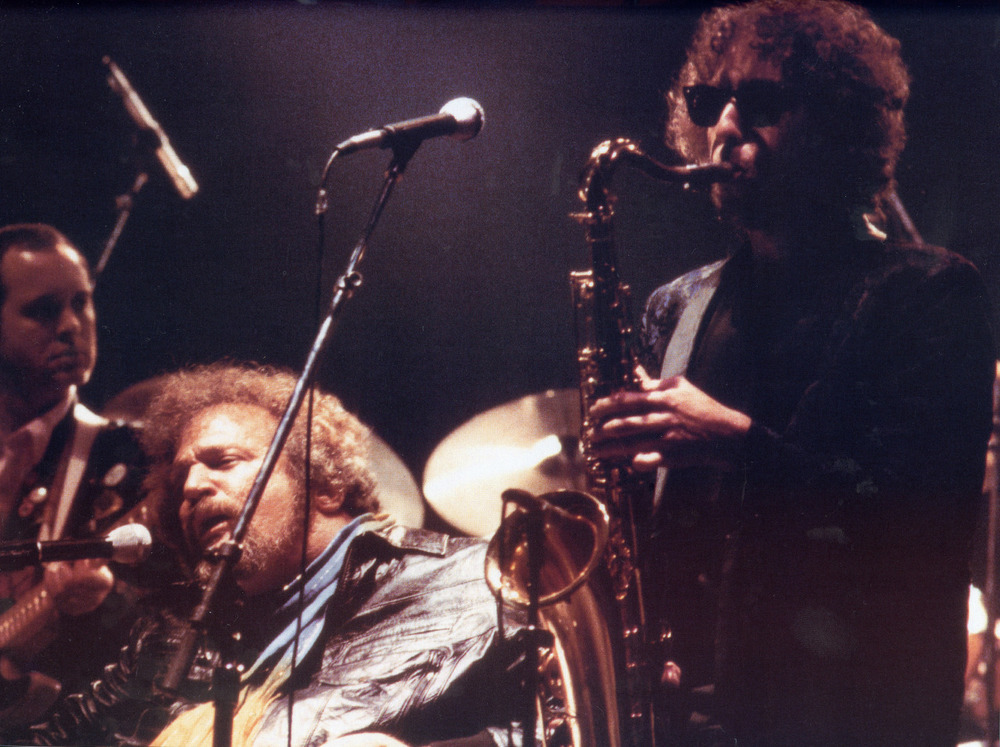

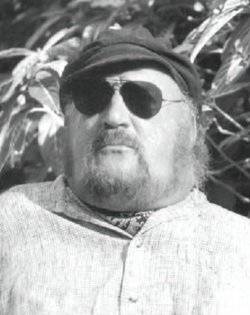
The explosion is over, but the consequences continue. About eleven thousand years ago, a star in the constellation of Vela could be seen to explode, creating a strange point of light briefly visible to humans living near the beginning of recorded history. The outer layers of the star crashed into the interstellar medium, driving a shock wave that is still visible today. The featured image captures some of that filamentary and gigantic shock in visible light. As gas flies away from the detonated star, it decays and reacts with the interstellar medium, producing light in many different colors and energy bands. Remaining at the center of the Vela Supernova Remnant is a pulsar, a star as dense as nuclear matter that spins around more than ten times in a single second.
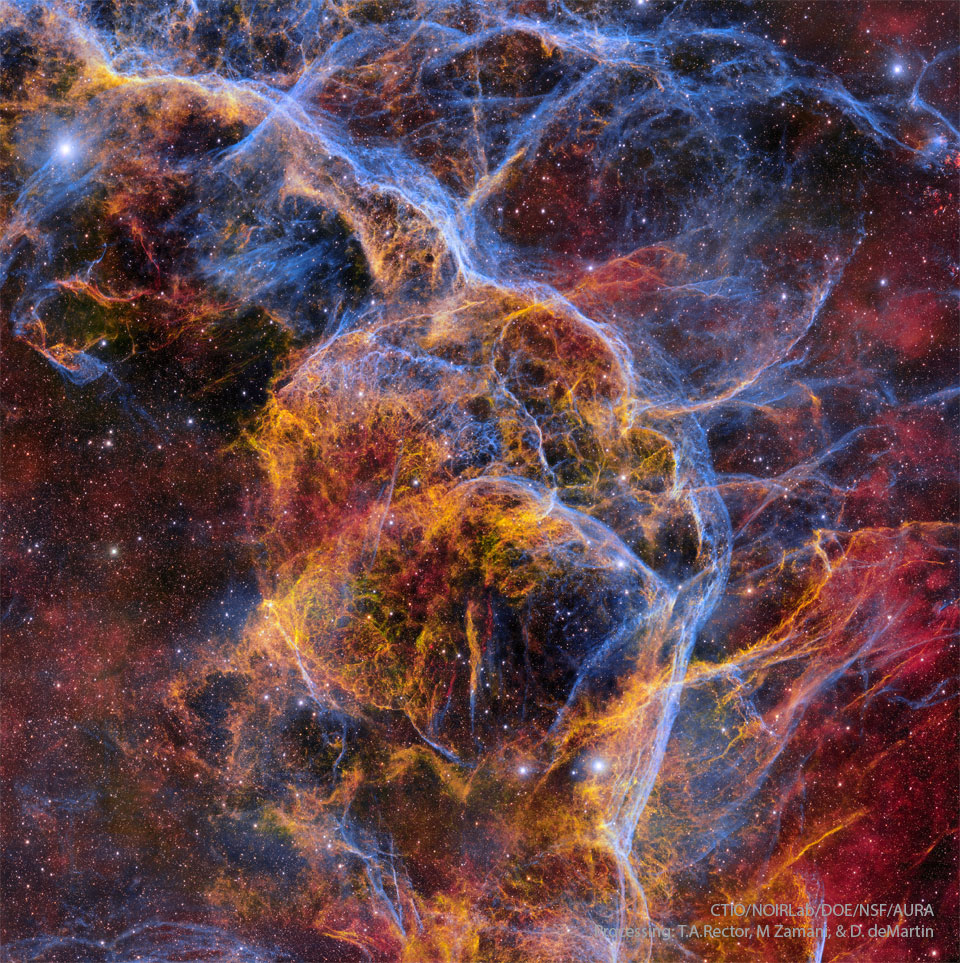
Mary Isobel Catherine Bernadette O’Brien OBE (16 April 1939 – 2 March 1999), better known by her stage name Dusty Springfield, was an English singer. With her distinctive mezzo-soprano sound, she was a popular singer of blue-eyed soul, pop and dramatic ballads, with French chanson, country, and jazz in her repertoire. During her 1960s peak, she ranked among the most successful British female performers on both sides of the Atlantic. Her image – marked by a peroxide blonde bouffant/beehive hairstyle, heavy makeup (thick black eyeliner and eye shadow) and evening gowns, as well as stylised, gestural performances – made her an icon of the Swinging Sixties.
Born in West Hampstead in London into a family that enjoyed music, Springfield learned to sing at home. In 1958, she joined her first professional group, the Lana Sisters. Two years later, with her brother Dion O’Brien (“Tom Springfield“) and Tim Feild, Springfield formed the folk-pop vocal trio the Springfields. Two of their five 1961–63 top 40 UK hits – “Island of Dreams” and “Say I Won’t Be There” – reached No. 5 on the charts, both in the spring of 1963. In 1962, they also hit big in the United States with their cover of “Silver Threads and Golden Needles“.
Dusty Springfield’s solo career began in late 1963 with the upbeat pop record “I Only Want to Be with You” — a UK No. 4 hit, and the first of her six transatlantic top 40 hits in the 1960s, along with “Stay Awhile” (1964), “All I See Is You” (1966), “I’ll Try Anything” (1967) and the two releases now considered her signature songs: “You Don’t Have to Say You Love Me” (1966 UK No. 1/US No. 4) and “Son of a Preacher Man” (1968/69 UK No. 9/US No. 10). The latter features on the 1968 pop and soul album Dusty in Memphis, one of Springfield’s defining works. In March 2020, the US Library of Congress added it to the National Recording Registry, which preserves audio recordings considered to be “culturally, historically or aesthetically significant”.
Between 1964 and 1969, Springfield hit big in her native Britain with several singles which in America either failed to chart or were not released, among them “I Just Don’t Know What to Do with Myself” (the biggest of her many Bacharach/David covers), “In the Middle of Nowhere”, “Some of Your Lovin'”, “Goin’ Back” and “I Close My Eyes and Count to Ten“. Conversely, she charted in the US (but not in the UK) with hits including “Wishin’ and Hopin’“, “The Look of Love” and “The Windmills of Your Mind“.
From 1971 to 1986, Springfield failed to register a hit from five album releases (aside from a minor 1979 UK chart appearance), but her 1987 collaboration with UK synth-pop duo Pet Shop Boys, “What Have I Done to Deserve This?“, took her back to the top of the charts, reaching No. 2 on both the UK Singles Chart and Billboard Hot 100. The collaboration also yielded two 1989 UK top 20 hits: “Nothing Has Been Proved” and “In Private“. In 1990, Springfield charted with “Reputation” – the last of her 25 UK top 40 hits.
A fixture on British television, Springfield presented many episodes of the hip 1963–66 British TV music series Ready Steady Go! and, between 1966 and ’69, hosted her own series on the BBC and ITV. In 1966, Springfield topped the popularity polls, including Melody Maker‘s Best International Vocalist,[4]and was the first UK singer to top the New Musical Express readers’ poll for Female Singer. She is a member of the National Rhythm & Blues Hall of Fame the Rock and Roll Hall of Fame and the UK Music Hall of Fame. International polls have lauded Springfield as one of the finest female popular singers of all time.
more...John Wesley Funchess (April 16, 1931 – February 1, 1994) known professionally as John (or Johnny) Littlejohn, was an American electric blues slide guitarist. He was active on the Chicago blues circuit from the 1950s to the 1980s.
Born in Lake, Mississippi, Littlejohn first learned to play the blues from Henry Martin, a friend of his father’s. In 1946 he left home and traveled widely, spending time in Jackson, Mississippi; Arkansas; Rochester, New York; and Gary, Indiana. He settled in Gary in 1951, playing whenever possible in the nearby Chicago area. Through his connections in Gary, he was acquainted with Joe Jackson, the patriarch of the musical Jackson family, and Littlejohn and his band reputedly served as an occasional rehearsal band for the Jackson 5 in the mid- to late 1960s.
Littlejohn played regularly in Chicago clubs (he was filmed by drummer Sam Lay playing with Howlin’ Wolf‘s band about 1961) but did not make any studio recordings until 1966, when he cut singles for several record labels. Later that year he recorded an album for Arhoolie Records and four songs for Chess Records. The Chess tracks were not issued at the time.
He recorded a few singles for small local labels but did not record another album until 1985, when Rooster Blues issued So-Called Friends. Soon after, he fell into ill health. He died of renal failure in Chicago, on February 1, 1994, at the age of 62.
more...More Posts
- Performing on Zoom with Club Calabash
- Music for Surviving the Pandemic and Realizing Racial Justice
- The Cosmos with NGC 7331
- Billy Drummond Day
- Robert Palmer Day
- Ernest Ranglin Day
- Lester Flatt Day
- Flamenco Fridays with Carlos Montoya
- Daily Roots with Richie Spice
- Music for Surviving the Pandemic and Realizing Racial Justice
- The Cosmos with IC 410
- Prince Lincoln Thompson Day
- Carl Radle Day
- Paul McCartney Day
- Ray McKinley Day
- Ray Bauduc Day
- World Music with JOLA – Hidden Gnawa Music in Brussels
- Daily Roots with Yami Bolo
- Music for Surviving the Pandemic and Realizing Racial Justice
- The Cosmos with IC1283-4, NGC6589-90, vdB118 -119 in Sagittarius